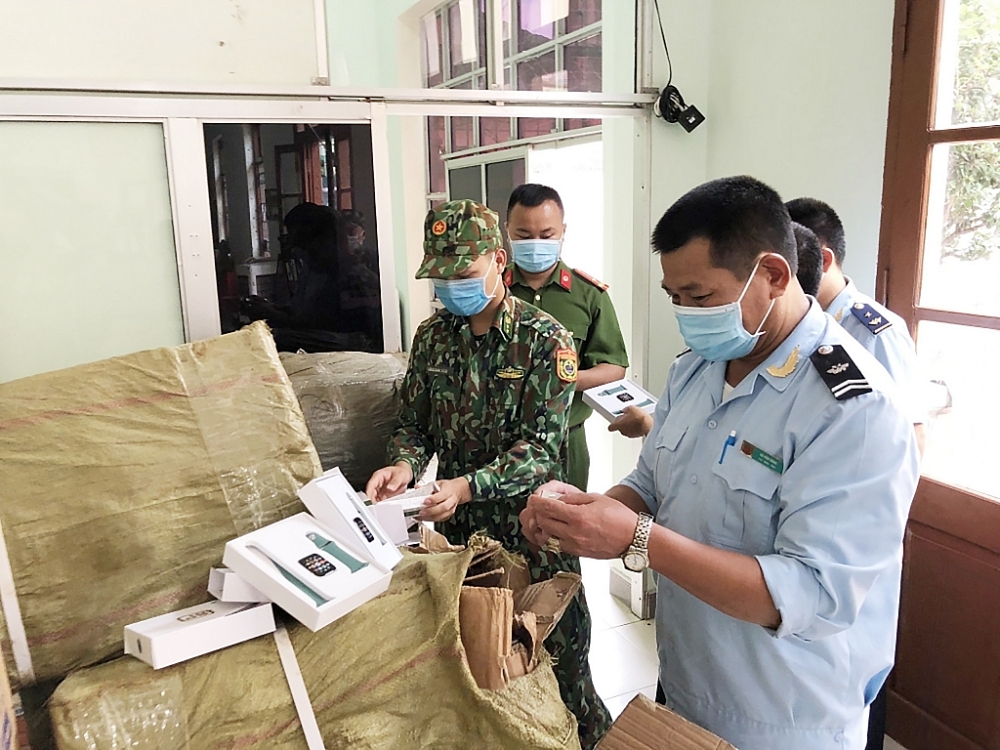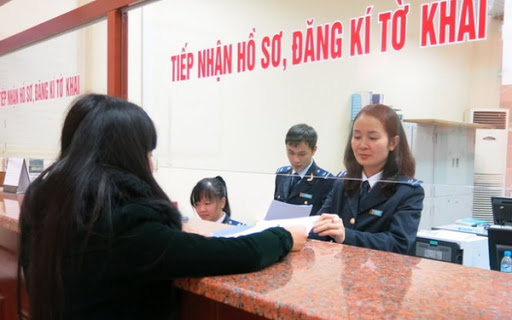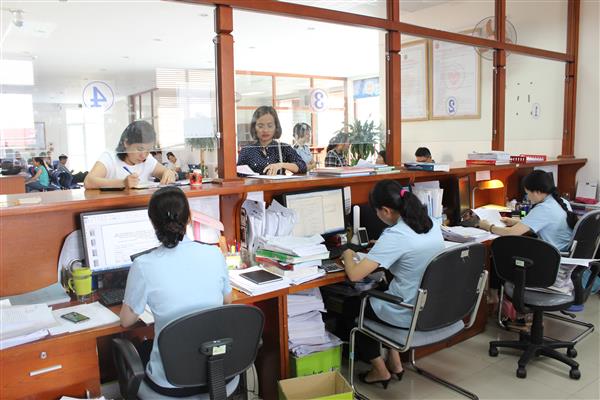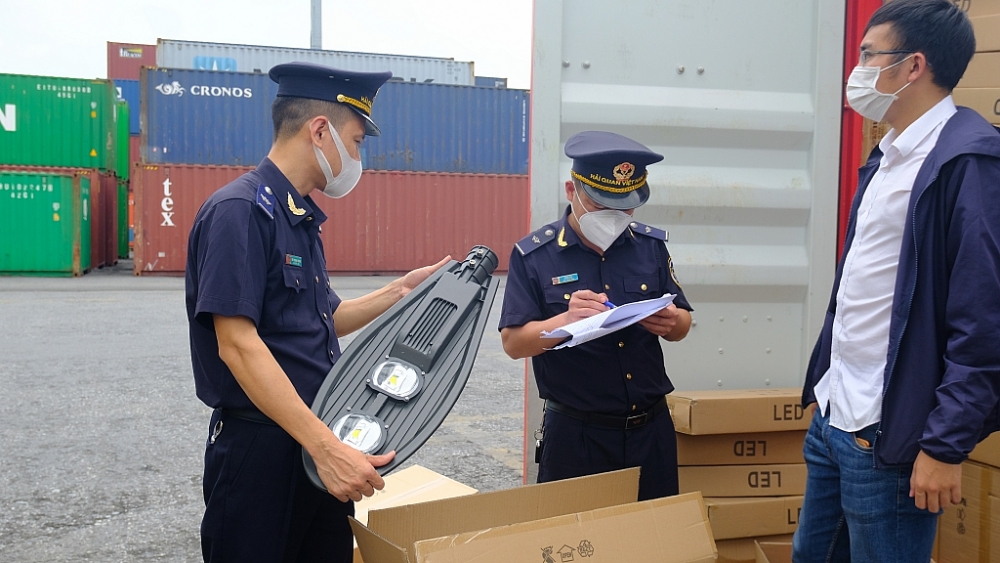Hi Lawnet, I have a question to ask. What are regulations on customs formalities for export and import in 2022? - Truc Quynh (Hai Phong, Vietnam)

Vietnam: Regulations on customs formalities for export and import in 2022
1. What is customs formalities?
Customs formalities mean activities to be carried out by customs declarants and customs officials in accordance with this Law for goods and vehicle. according to the provisions of the Law on Customs 2014 for goods and means of transport.
(Clause 23, Article 4 of the Law on Customs 2014)
2. Entities subject to customs formalities
- Export, import and in-transit cargos;
Items on outgoing, incoming or in-transit transports;
Foreign cash, Vietnam-dong cash, negotiable instruments, gold, precious metal, jewels, cultural products, relics, antiques, precious things, post, packages and parcels, used as imports or exports;
Baggage carried by inbound or outbound persons;
Other exported, imported and in-transit articles within the territory of customs authorities;
- Outgoing, incoming and in-transit modes of transport such as aviation and land transport including road and rail transport, and ship transport including inland waterway and river transport.
(Clause 1, Article 6 of Decree 08/2015/ND-CP)
3. Customs formalities for import and export in Vietnam
Customs formalities for import and export are as follows:
Step 1: Declare and submit customs declarations;
The customs declarant shall declare and submit the declaration;
Submit documentary evidence of customs documents as prescribed in Article 24 of the Law on Customs 2014;
Step 2: Inspect the goods
Send goods and vehicle to proper places for physical inspection;
Step 3: Pay taxes
Pay taxes and fulfill other financial obligations in accordance with the laws on taxes, charges and fees and other corresponding regulations of law.
While conducting customs formalities, customs authorities and customs officials shall:
Step 1: Receive and register customs documents;
Step 2: Verify customs documents and conduct physical inspection of goods and vehicle;
Step 3: Collect taxes and other amounts payable in accordance with the laws on taxes, charges and fees and other corresponding regulations of law;
Step 4: Decide grant of customs clearance for goods, release of goods and certification of completion of customs formalities applied to vehicle.
(Article 21 of Law on Customs 2014)
4. Places of customs formalities in Vietnam
Locations for carrying out customs formalities specified in Article 22 of the Law on Customs 2014 are as follows:
- Places of customs formalities are places where customs authorities receive, register and verify customs documents and conduct physical inspection of goods and vehicle.
- Places where customs documents are received, registered and examined are head offices of Customs Departments or Customs Sub-Departments.
- Places of physical inspection of goods include:
+ Places of inspection at the land border checkpoints, international railway stations, international civil airports; international post offices;
Seaports and inland waterway ports where import, export, exit, entry and transit operation are carried out;
Inland ports of importation or exportation of goods;
+ Head offices of Customs Sub-Departments;
+ Places of centralized inspection under decisions of the General Director of Customs;
+ Places of inspection at facilities or works; places where trade fairs or exhibitions are held;
+ Places of inspection at bonded warehouses, tax suspension warehouses and container freight stations;
+ Places of joint inspection by Vietnam Customs and Customs Service of neighboring countries at the land border checkpoints;
+ Other places decided by the General Director of Customs in case of necessity.
- Competent agencies, or entities shall arrange places where customs formalities are conducting and depots of imported and exported goods when they make planning, design and construct land border checkpoints, international railway stations, international civil airports;
Seaports and inland waterway ports where import, export, exit, entry and transit activities;
Inland ports of importation or exportation of goods;
Economic zones, industrial parks, non-tariff zones and other places where import, export, exit, entry and transit activities are carried out meeting requirements of customs inspection and supervision in accordance with the Law on Customs 2014.
Ngoc Nhi
- Key word:
- customs formalities in Vietnam
 Article table of contents
Article table of contents










